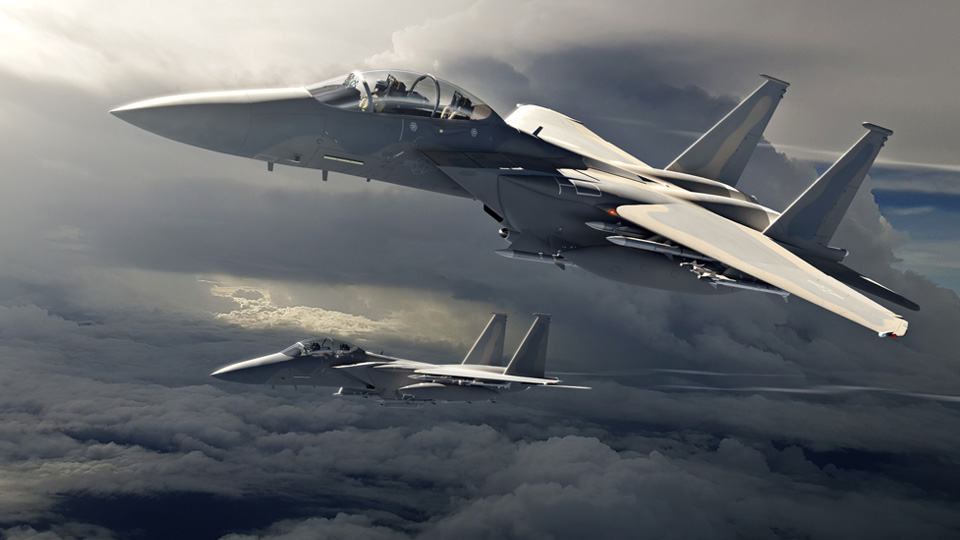
USA designates latest F-15EX as Eagle II, on offer for IAF while deal for additional 33 Russian Mig 29 and Su 30 MKI likely during upcoming Putin visit

Image Courtsey: Boeing
Boeing has delivered its first F-15EX to the US Air Force last month in a ceremony at Elgin Air Force Base. The latest fighter jet from Boeing, the F-15EX, is being pitched to the Indian and Israeli air forces as well. The aircraft has now been officially designated as the Eagle II, a sequel to the famous F-15 Eagle platform which has served US and other Air Forces for many deacdes as an air superiority fighter aircraft. The official designation of Eagle II was given in a ceremony held at Eglin Air Force Base in Florida on 07 April. F-15EX was accepted into service earlier in March by US Air Force. Pentagon views Eagle II to be much more than an air superiority fighter with indications that it can be equipped with hypersonic missiles in the near future.
“The newest aircraft in the #AirForce fleet has been christened the F-15EX Eagle II. The Eagle II includes the latest mission and software capabilities, such as an advanced electronic warfare upgrade also fielded on F-15E models.” read the latest tweet from @usairforce of 07 April. Compared to the older F-15C Eagle and F-15E Strike Eagle models, including the Eagle Passive / Active Warning and Survivability System electronic warfare system, a digital cockpit & the more advanced ADCP-II mission computer from Honeywell , Fly- by-wire flight controls. Critical to the aircraft’s survivability will be the Eagle Passive/Active Warning Survivability System (EPAWSS), a radar warning and electronic warfare suite that is already in development and which has been put to the test in exercises. Other enhancements include the AMBER weapons rack to carry up to 22 air-to-air missiles, IRST, advanced avionics and electronic warfare equipment, AESA radar, and revised structure with a service life of 20,000 hours.
Indian Air Force is looking forward to modernise its fighter fleet and ramp up the numbers in near future. The biggest concern of the IAF remains as to how to rebuild its hugely depleted fighter force. IAF has lost almost a quarter of its combat fighter squadrons’ strength bringing it down close to 28 squadrons, mainly due to decommissioning of older aircrafts like Mig 23s and Mig 27s. In addition, MiG-21 squadrons which have been the backbone of IAF fighter strength are also on the path of obsolescence except for a few squadrons of the upgraded Bison variant that are still holding fort. IAF would need approximately 900 jet fighters to cater for its requirement of 42 combat squadrons as well as having sufficient reserves. This would mean induction of around 400-500 new jets in the near future. While addition of 36 Rafales are ongoing, contract for 83 LCA Tejas has also been concluded giving a fillip to IAF’s capability building. The government also is set to procure 21 MiG-29 UPG and 12 Sukhoi-30MKI fighter aircraft from Russia, for which the deal, in all probability will be signed during the upcoming Modi – Putin summit. The FGFA project (joint development of 5th generation fighter by HAL and Russia) has hit major hurdles and HAL is independently pursuing AMCA (Advanced Medium Combat Aircraft), but these are likely to take a long time for development. Apart from the 152 aircraft which can be counted to be inducted in next 4-5 years, IAF needs to look for a suitable fighter aircraft which can fill the numbers void in the near or midterm.




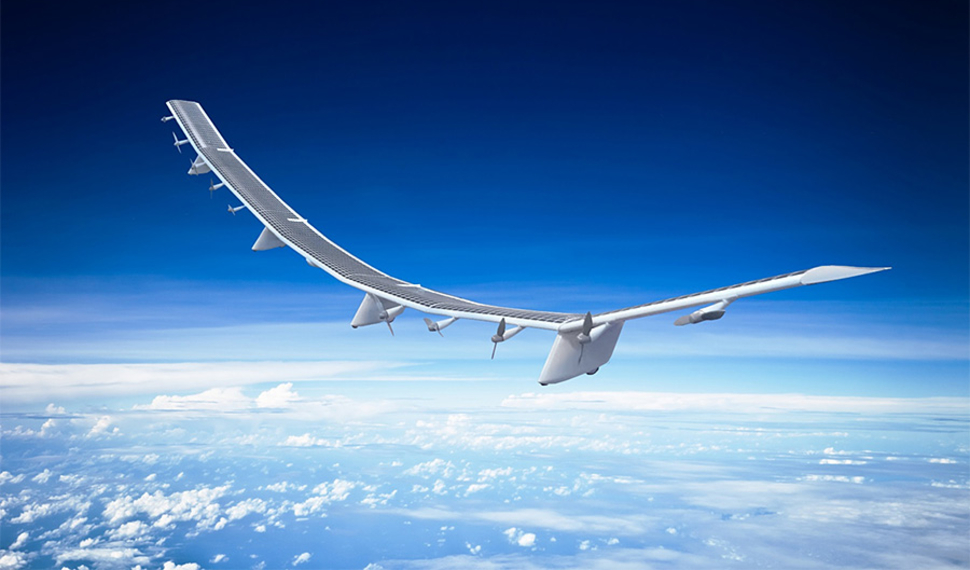

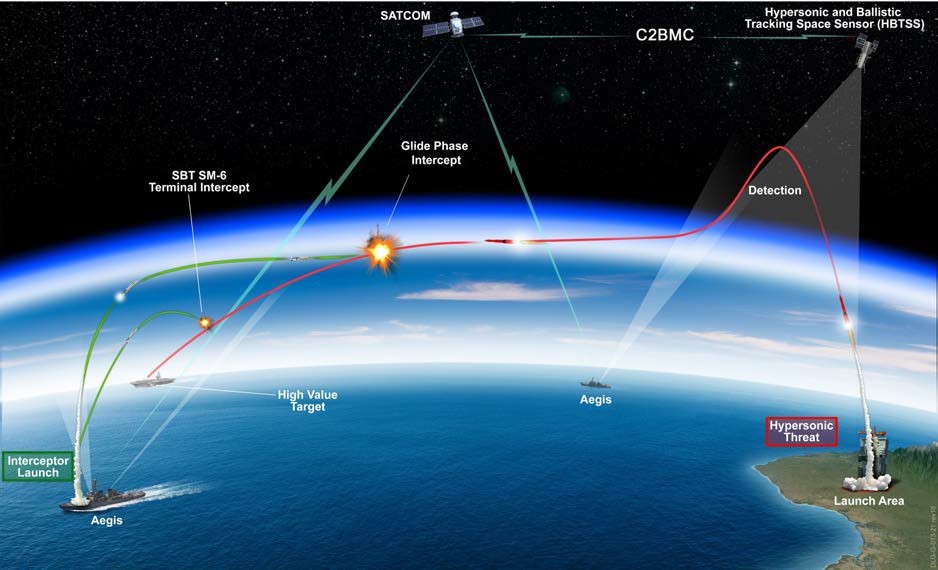
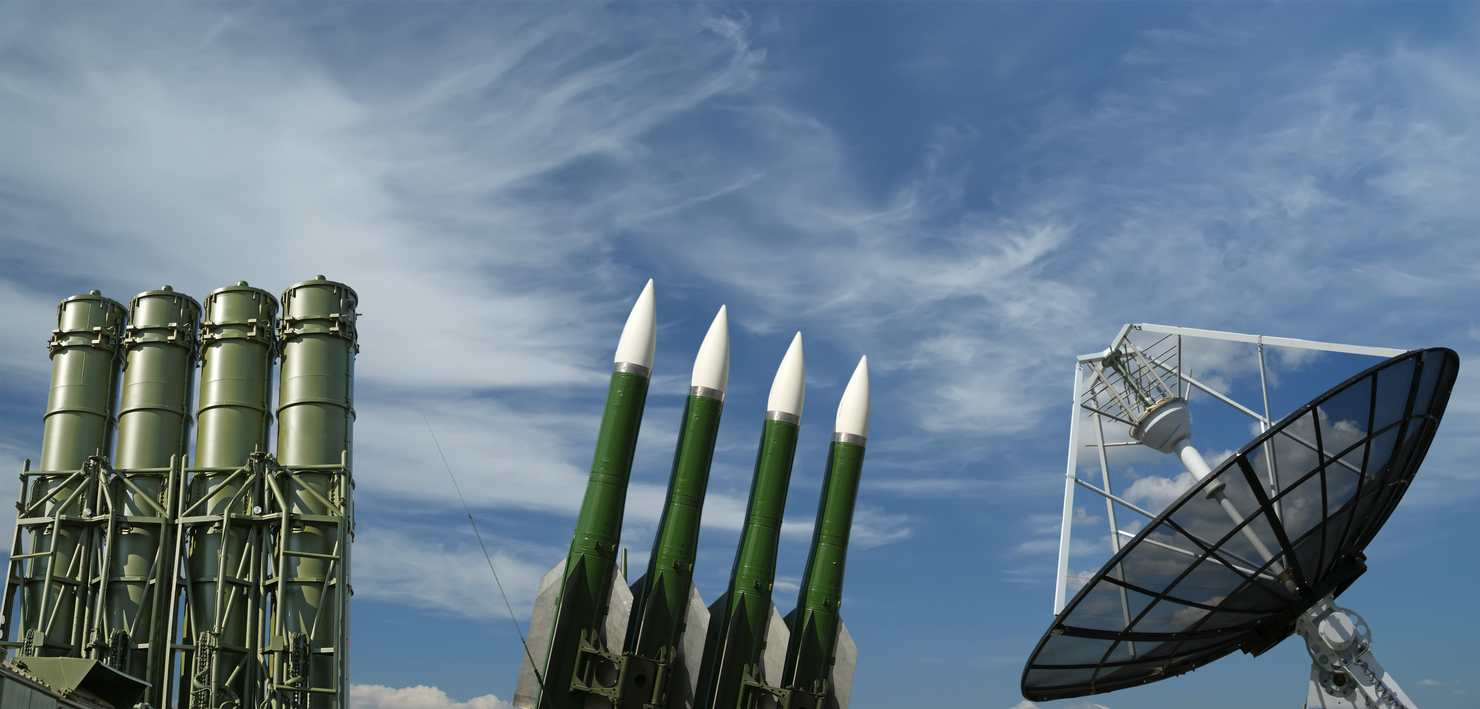

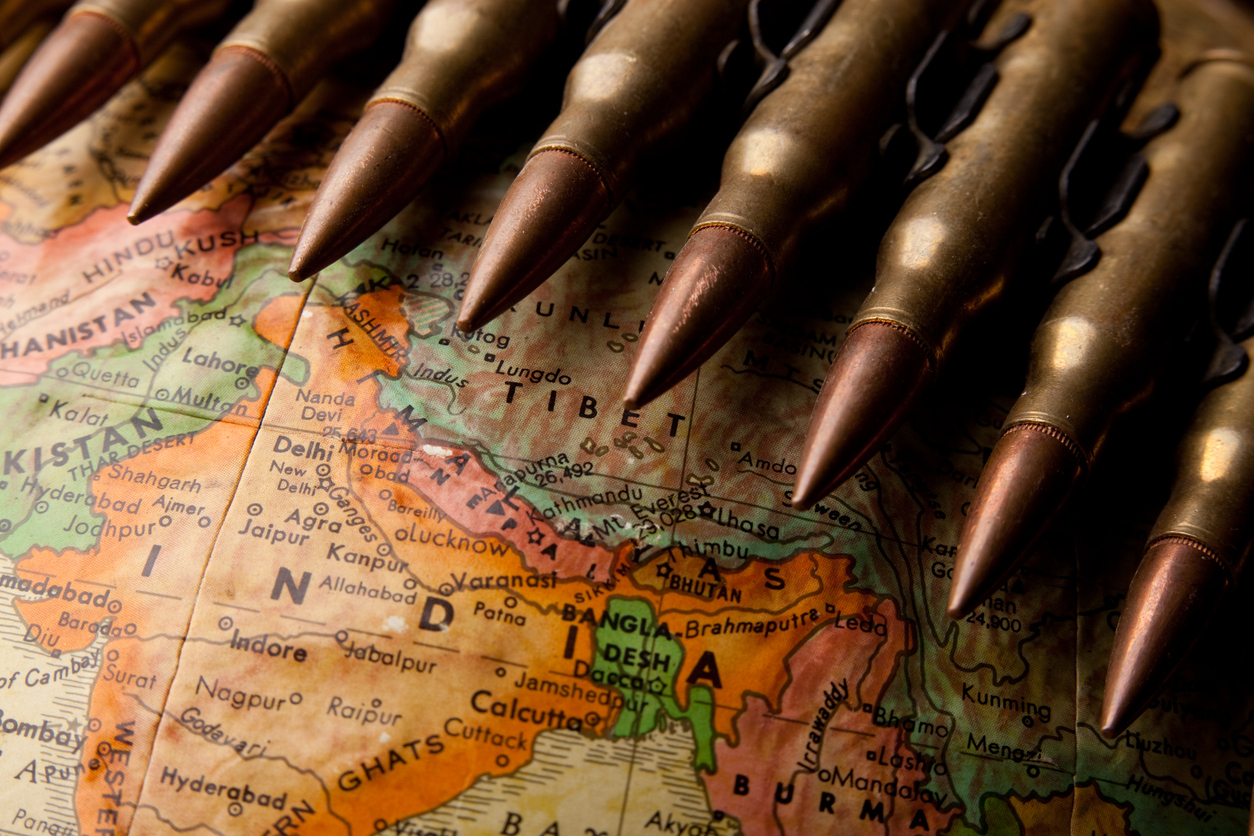
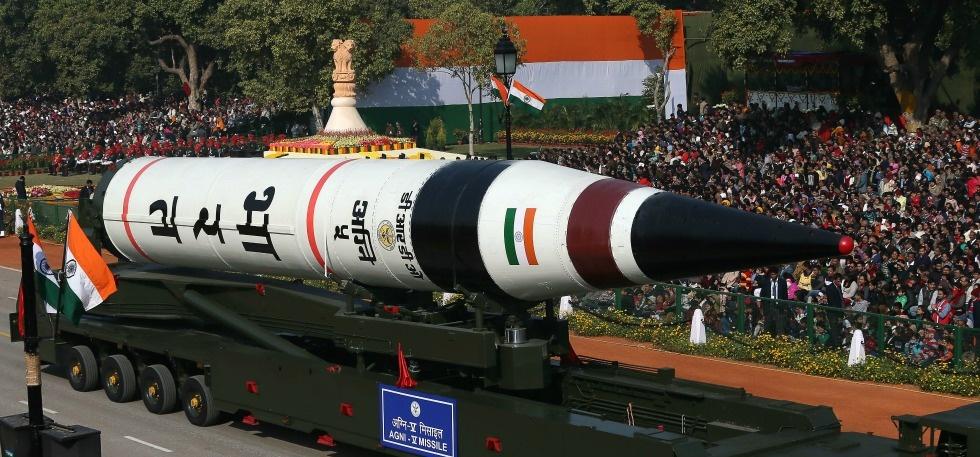






POST COMMENTS (0)